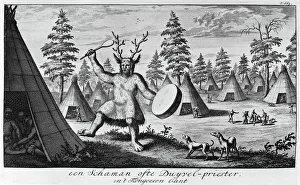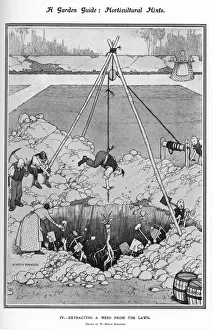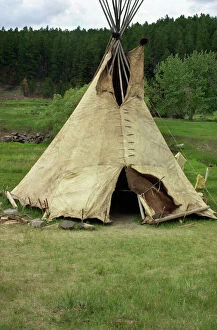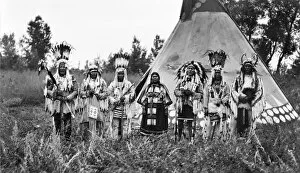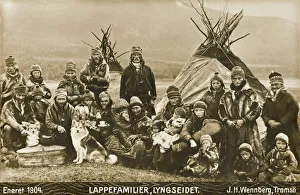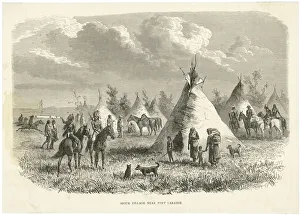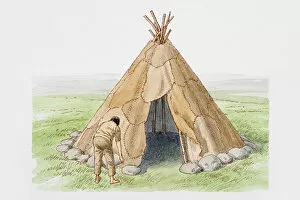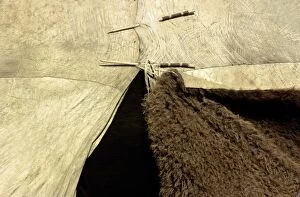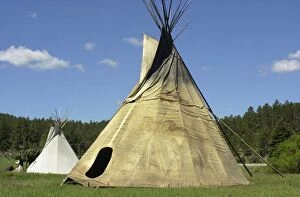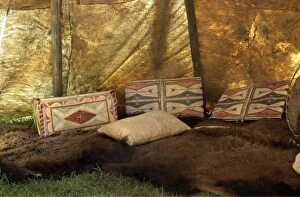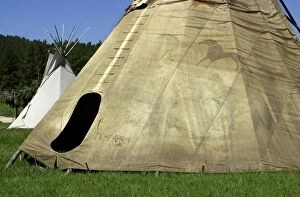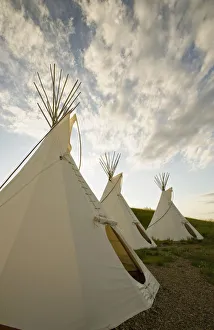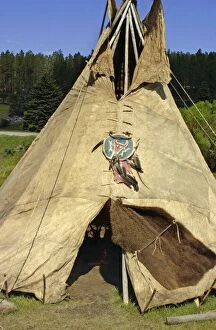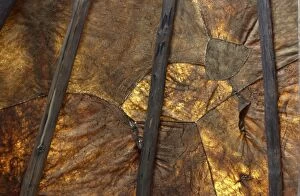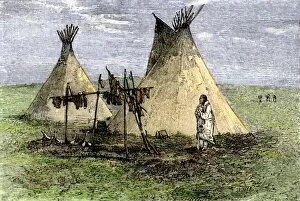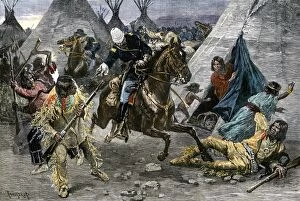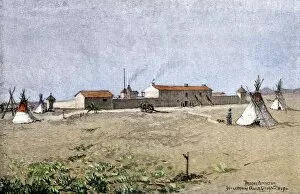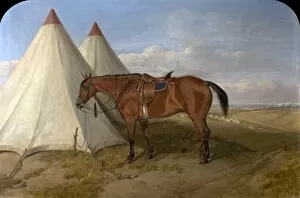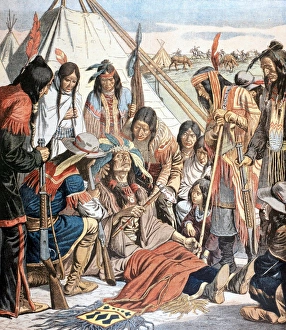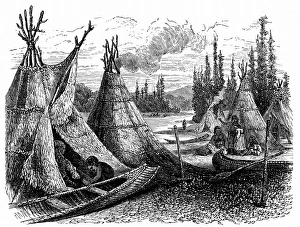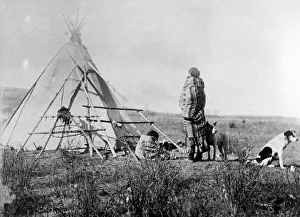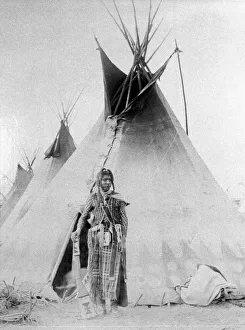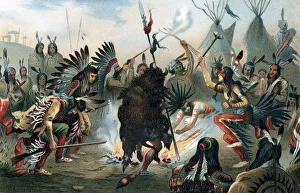Tee Pee Collection
"The Tee Pee: A Cultural Icon and Versatile Shelter" The tee pee, also known as a tipi, holds a rich history and significance across various cultures
All Professionally Made to Order for Quick Shipping
"The Tee Pee: A Cultural Icon and Versatile Shelter" The tee pee, also known as a tipi, holds a rich history and significance across various cultures. Originating from Native American tribes such as the Sioux and Blackfoot, this conical structure served as more than just a dwelling; it represented community, tradition, and resilience. In the vast plains of Western South Dakota, one could witness the mesmerizing sight of a tipi camp at night. The Lakota Sioux Tipis stood tall against the dark sky, their buffalo-hide coverings protecting families from harsh elements while fostering unity within the tribe. Similar structures were found in other parts of the world too. In Siberia's Tungus communities, shamans adorned with antlers and ritual drums sought spiritual guidance within their tepees. These sacred spaces held secrets to ancient traditions that have been passed down through generations. Photographs capture moments frozen in time - like the image of Blackfoot singers harmonizing in front of their tepee. Their voices echoed through history, carrying stories that celebrated heritage and honored ancestors. Beyond its cultural significance, teepees offered practicality for nomadic tribes like the Omaha Indians. They created entire villages filled with these portable dwellings that allowed them to adapt to changing environments effortlessly. Even Lapland families utilized teepees alongside huskies for survival amidst Norway's icy landscapes. These sturdy shelters provided warmth during freezing winters while preserving centuries-old customs unique to their region. The versatility of teepees transcended borders - an ancient conical shelter resembling its design was discovered worldwide. From North America's Great Plains to Laplanders' abodes near Fort Laramie or even along Route 66 in New Mexico where Tee Pee Curios stands proudly today – each location showcased how this iconic structure left an indelible mark on diverse societies throughout time. As we reflect upon these glimpses into teepee culture around the globe, let us appreciate the resilience, unity, and connection to nature that these structures symbolize.

